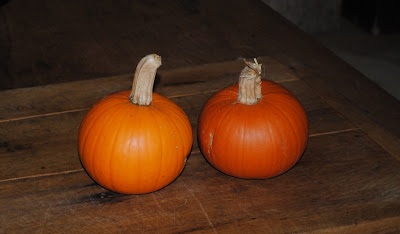Have
you ever considered a career in sheep smuggling? It probably is not the best of
career choices, but a long time ago, sheep smugglers helped to bring one of the
most important sheep into our country. Why were sheep being smuggled, you ask?
Read on and learn about our very own Merino sheep, why the breed is so
important and what smuggling has to do with their introduction to the United States
Merino
sheep originate from Spain
and for a long time were known as the Spanish Merino. These sheep were and
still are very highly praised for their wool. Unlike the Tunis and the Cheviot, who are considered
mostly meat breeds, the wool on the Merino is the breed’s best attribute.
Merino wool has many properties that make it highly desirable. The way Merino
wool is structured makes it nearly waterproof, since it can hold up to 30
percent of its own weight in water and still not feel wet. Many times people
consider wool as itchy and heavy; Merino wool has a different structure that
doesn’t irritate the skin as much, feeling less itchy. In addition, it is also
fire resistant and tends not to get smelly as quickly as other fabrics. Many modern
sportswear companies use Merino wool in their clothing because of all these
natural properties.
 |
| One of our Merinos, showing off her mid-summer coat. |
While
people in the past might not have understood specifically why Merino wool did
all these things, there was definitely a high regard for Merinos and their
wool. Spain
wanted to keep a monopoly on the sheep and taking a sheep out of the country
was punishable by death unless the king had given special permission. Even with
their strict control of the sheep, the monarchs would gift small flocks to
their allies to help them improve their sheep. Through selective breeding the
countries were able to improve the local sheep with Merino blood and the
monopoly Spain
had on Merino wool became challenged.
While
those countries in Spain ’s
favor managed to get a few Merinos out of Spain ,
the United States
did not come into the mix until later. In 1785, a group in South
Carolina offered a prize to the person who kept the first Merino
flock in the United States .
Eight years later, William Foster of Boston , Massachusetts smuggled three Merinos out of Spain
and had them shipped to the States. He was called to France shortly after and left these
prize sheep with a friend. Unfortunately, his friend did not understand their
value and used them for his dinner table, claiming the meat to be
excellent. Years later, Foster found his friend at an auction buying a Merino
for $1,000.
Foster’s
sheep may very well have been the first Merinos in the United States ,
but others would continue to introduce the breed. In 1801, a Merino ram, named
Don Pedro, was relocated a number of times until landing near Wilmington , Delaware Delaware.
One man, Robert R Livingston, took special interest in
Merinos during his time as minister of France . He imported three Merinos
from France to his home in New York State Spain , France Europe . With the
help of this pamphlet and his continued interest in importing and collecting Merinos,
Livingston was able to spread the word about this breed and increase its
popularity in New York
State New
York .
By 1845, Merinos were cheap enough for any farmer to
afford, and would have been a worthwhile investment due to the high quality of
their wool. The museum’s very own Merinos, Sybil, Charlotte and Harriet, carry on the proud
heritage of Merino sheep. Come out and see them! You’ll recognize them because
Merinos have more oils in their wool, which cause the fleece to become dirtier.
Also, while the Tunis
and Cheviots have bald faces and legs, Merino wool goes down their legs and
over their forehead. Charlotte, Harriet, Sybil and their lambs would love for
you to visit and admire their beautiful fleeces!








































